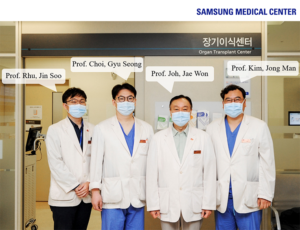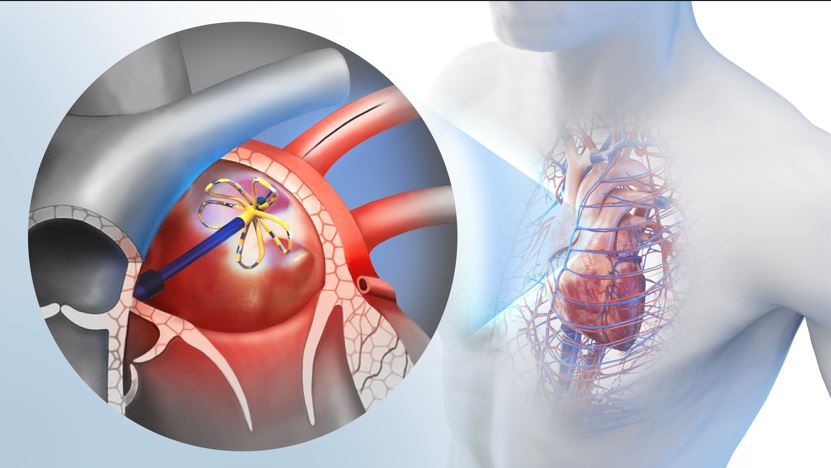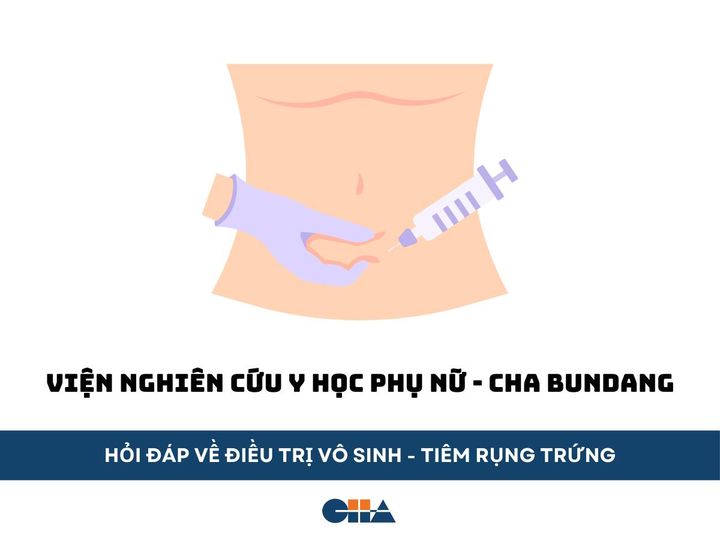
The Organ Transplant Center at Samsung Seoul Hospital has announced that the number of laparoscopic liver resection surgeries from living donors has exceeded 500 cases. It has been eight years since the first surgery in May 2013 until July 2021.
Laparoscopic surgery involves creating 4-5 incisions measuring 1 to 2 cm in the abdomen, through which surgical instruments are inserted to remove the donor’s liver, which is then extracted through a pelvic incision. Compared to traditional open surgery, although the complexity of the procedure is higher, it is known to reduce pain for the liver donor and improve quality of life with fewer scars.
According to the research team, laparoscopic surgery was performed in 74 out of 289 liver transplant patients from 2013 to 2016, accounting for only 25% of the total. However, from 2017 to 2019, 246 out of 300 liver transplant cases were performed using laparoscopic techniques. All 166 liver transplants in 2020 were completed laparoscopically, achieving a 100% success rate. The research team explained that this change is due to many patients becoming candidates because of their compatibility, and importantly, the accumulation of surgical experience along with the technical advancements achieved by the hospital.
Furthermore, laparoscopic surgery has become the default option regardless of anatomical variations. This is attributed to improvements in safety metrics and enhanced surgical skills. According to the research team, the average surgical time in 2013 was 449 minutes, but by 2021 it was reduced to just 209 minutes.
Donor satisfaction with laparoscopic surgery is higher compared to open surgery. The proportion of cases requiring opioid pain relief is about one-third, and the average hospital stay is 8 days, down from 10 days for open surgeries.
Source: SMC News – About SMC – Samsung Medical Center (samsunghospital.com)








